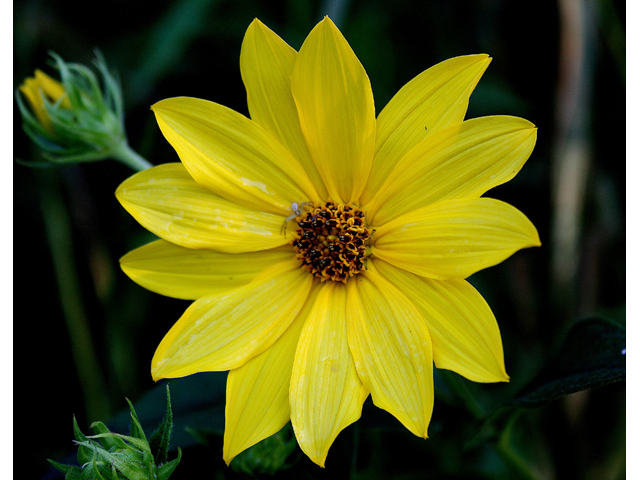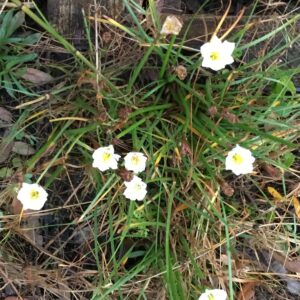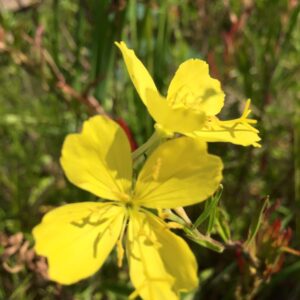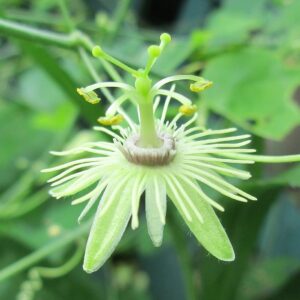$6.00
Description
3′-6′ Tall Native Perennial spreads by Stolons to form tight patches. This makes them great shelter for birds and other small animals. Covered with 2″-3″ wide flowerheads from August to November, they attract Native Bees, Honey Bees, Butterflies, Skippers, Beetles and Beneficial Insects such as Wasps and Flies. Native Bees also build brood chambers inside the stems. At least 7 Different Native Bees specialize on Sunflowers, so the Xerces Society ranks them as Specially Valuable to Native Bees and to Beneficial Insects. If stems are cut back to the ground before setting seed, they will bloom again.
Sunflowers are Larval Hosts of Severeal Butterflies: Gorgone Checkerspot, Silvery Checkerspot, Painted Lady and Moths:Cream-Bordered Dichomeris, Common Pinkband, and others. Other Insects that specialize on Sunflowers include Grasshoppers,Treehoppers, Leafhoppers Beetles, Aphids and Midges. The insects that feed on sunflowers are wondrous in their own right. They also make Sunflowers great hunting grounds for Other Insects, Mama Birds, Lizards, Frogs and Toads.
Sunflower Seeds are relished by Songbirds, Quail, Dove, Turkey, Squirrels, and other Native Rodents.
Hairy Sunflowers are to Native to AL , AR , CT , FL , GA , IA , IL , IN , KS , KY , LA , MD , MI , MN , MO , MS , NC , NE , NY , OH , OK , PA , SC , TN , TX , VA , WI , WV. They are probably also native to Canada and Mexico. We propagated our plants from ones we rescued from herbicide spraying next to Beaufort High School, Beaufort Co, SC. The ones that we left behind were exterminated. We have grown them for several years in the nursery. Although, they support a lot of life, they always look great. They thrive in Sun or Part Shade in Average to Dry Soil. When Deer Break in to the nursery, they usually leave the Sunflowers alone.
Additional information
| Size | 3.5" pot |
|---|






Reviews
There are no reviews yet.